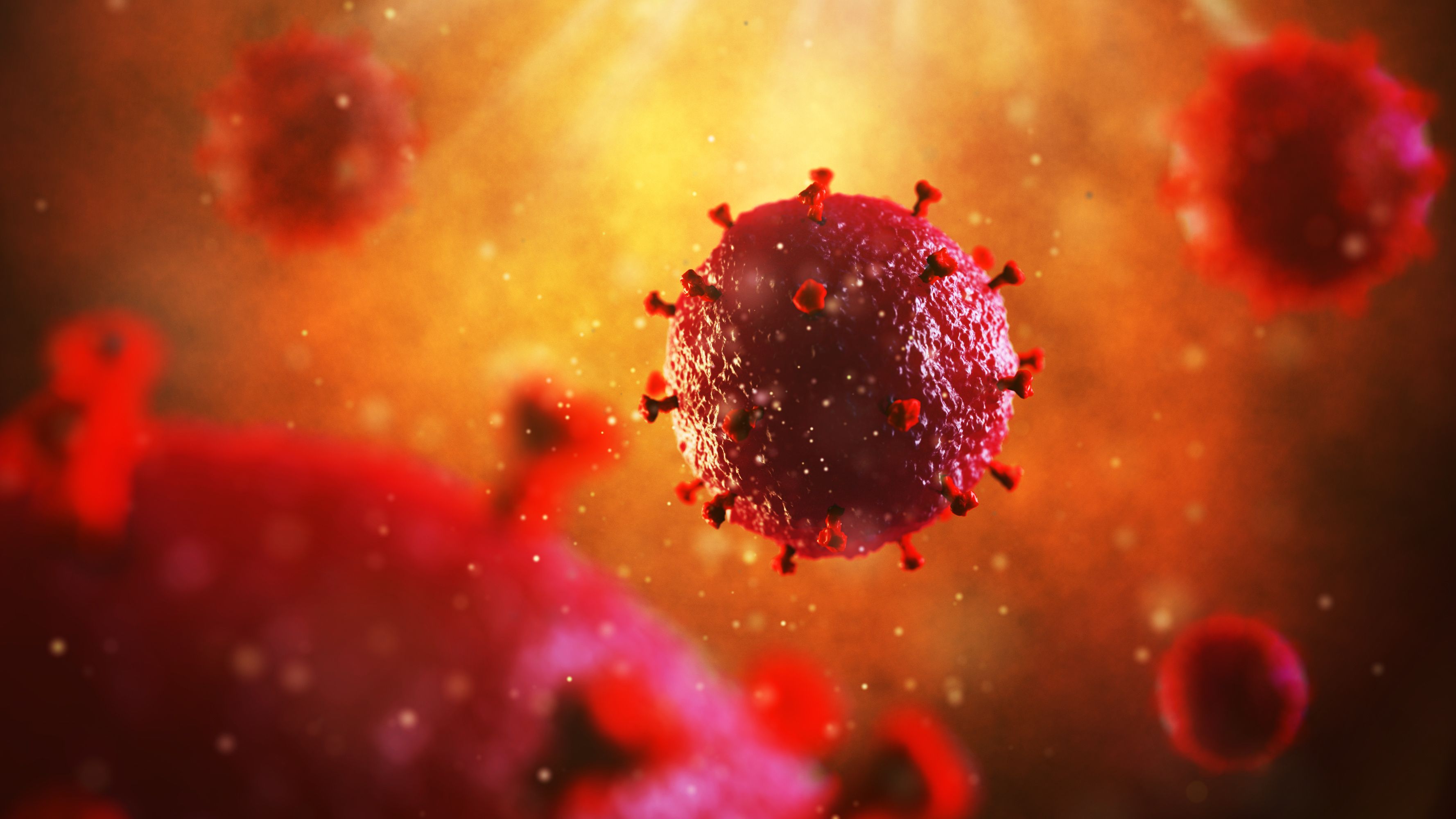News
Article
Blood Pressure, Cholesterol Lowered in People Living With HIV Using Nurse-Led Strategy
Author(s):
A nurse-led strategy for people living with HIV was able to reduce both blood pressure and cholesterol in a 12-month period.
A nurse-led strategy, EXTRA-CVD, was shown to be effective in reducing both blood pressure (BP) and cholesterol in people living with HIV (PWH) in a period of 12 months, according to a study published in JAMA Network Open. Prevention programs for PWH could be influenced by this result.
Atherosclerotic cardiovascular disease (ASCVD) is a disease that is becoming more important to address in PWH using antiretroviral therapy (ART), as overall disease prevention can be focused on after viral suppression occurs. Reducing events related to ASCVD can come in the form of implementing strategies to reduce BP and cholesterol, as they are leading causes of myocardial infarction. The EXTRA-CVD strategy was created and had 4 components, including nurse-led care coordination, evidence-based treatment algorithms, BP monitoring at home, and tools from the electronic health record (EHR). This study aimed to assess if the EXTRA-CVD strategy would be able to reduce both systolic BP (SBP) and non–high-density lipoprotein (HDL) cholesterol.
HIV Virus | Image credit: artegorov3@gmail - stock.adobe.com

This trial took place at 3 academic medical centers that provided care for PWH. PWH who had hypertension were enrolled and assigned 1:1 to the intervention or the control arm. Patients had to be aged 18 years or older, have a confirmed diagnosis of HIV, have an undetectable HIV viral load, have hypertension, and have hyperlipdemia. Patients who were receiving antihypertensive medication for a reason other than for hypertension or were receiving a cholesterol-lowering medication with a premedication non-HDL cholesterol level lower than 100 mg/dL were excluded from the study.
All patients were recruited from September 2019 to January 2022. Potential participants were narrowed down using the EHR from the 3 clinics. All participants had visits at baseline and after 4, 8, and 12 months, where the patient completed outcome surveys, BP measurements, and had their blood drawn. All 4 components of EXTRA-CVD were given by a prevention nurse. Those in the control group had general prevention education from the nurse whereas those in intervention group had check-ins with the nurse 2 weeks after baseline and every 2 months in between the regular visits every 4 months. Outcome assessments occurred at baseline, 4 months, 8 months, and 12 months. Adverse events were questioned at each visit.
There were 297 participants who were included in this study who had a median (IQR) age of 59.0 (53.0-65.0) years and of whom 20.9% were female; 59.3% of the participants reported being African American or Black and 34.0% reported being White. All participants had a suppressed viral load, with 2 or more antihypertensive drugs being prescribed to 50.2% of the participants and a statin being taken by 68.0%.
When compared with participants in the control arm, participants had a 4.2 mm Hg (95% CI, 0.3-8.2) lower SPB and a 16.9 mg/dL (95% CI, 8.6-25.2) lower non-HDL cholesterol level at 12 months. SBP had a difference of 6.4 mm Hg (95% CI, 2.4-10.4) after 4 months. The odds of achieving cholesterol control in the intervention were significant after 12 months (OR, 7.3; 95% CI, 2.3-23.3).
Adverse events occurred in 115 participants with 232 adverse events total. However, 97.0% were found to be unrelated to the study. There were 7 adverse events that were likely due to the study.
There were some limitations to this study. The study may not be generalizable to smaller clinics or in clinics outside of the US, as this study took place at major academic clinics for HIV. Bias may have been introduced due to the differential attrition in the intervention arm.
The researchers concluded that the care coordination model led by nurses was effective in reducing SBP and non-HDL cholesterol in PWH who have hypertension and high cholesterol. Prevention programs can be modeled after this finding.
Reference
Longenecker CT, Jones KA, Hileman CO, et al. Nurse-led strategy to improve blood pressure and cholesterol level among people with HIV: a randomized clinical trial. JAMA Netw Open. 2024;7(3):e2356445. doi:10.1001/jamanetworkopen.2023.56445





